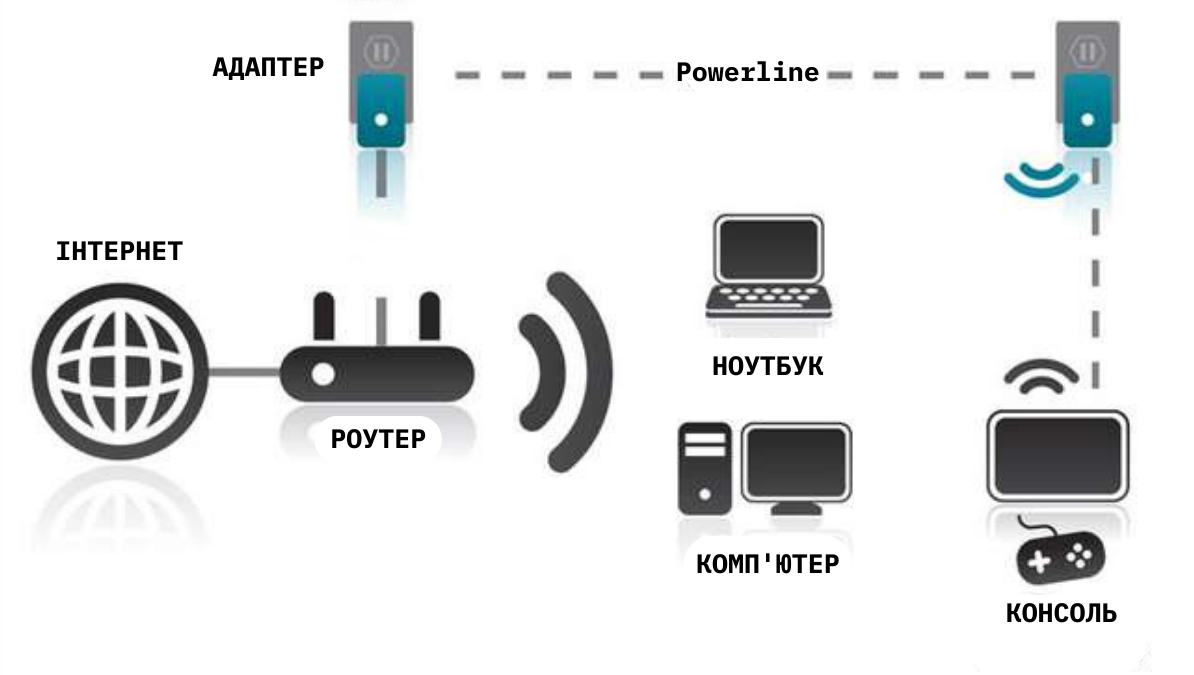24 Channels has prepared some important tips to help you make your home network more stable and versatile.
Advantage of wired connection
A wired connection such as Gigabit Ethernet has several advantages over Wi-Fi. First of all, it provides a more solid connection that is not afraid of obstacles such as walls, furniture and appliances.
Wired connections also provide higher data rates and lower latency, resulting in a smoother Internet experience. In addition, the number of devices connected to Wi-Fi is reduced, since you can connect a TV, computer, set-top box or laptop to Ethernet. This reduces the load on the network, improves the overall performance of Wi-Fi and provides the most stable connection to all leading consumers.
Improve Wi-Fi performance
Connecting certain components of your network can have a significant impact on overall Wi-Fi performance and eliminate the need for additional equipment such as mesh systems or Wi-Fi repeaters. Here are two key ways to improve your Wi-Fi setup:
- one. Moving the router: If your Wi-Fi router is currently in an unfavorable location due to the layout of your Internet connection, a wired connection between the modem and router may allow you to place the Wi-Fi router where it will work most efficiently. This move will provide optimum coverage throughout the house, benefiting all connected devices.
- 2. Replacing Mesh Backhaul: Mesh mesh systems have gained popularity because of their ability to extend Wi-Fi coverage. However, these systems still rely on the wireless connection between the router and satellite nodes, causing potential signal degradation. By establishing a wired connection between the main router and satellite nodes, users can achieve enhanced performance, especially on devices located far away from the router. This setup also provides better communication between access points and reduces the number of nodes required.
Alternative cable laying methods
While some homes already have network cables, it’s not common. Fortunately, there are several alternative methods of achieving a wired connection without running Ethernet cables through walls. Consider these options:
Economically effective solution
A simple approach is to buy a long Ethernet cable. For a relatively small price, a hundred-meter cable from a well-known company can allow you to connect devices in different places. While this solution is not very aesthetic, it offers a practical and economical way to achieve a reliable wired connection.
Using existing coaxial cabling
Coaxial cable installation can be done in many houses or apartments, especially in big cities. Using MoCA (Multimedia over Coax Alliance) adapters, you can convert Ethernet signals to coaxial signal and vice versa. This method uses existing coaxial cables in your home and provides a reliable and high-speed alternative to Ethernet cables. MoCA 2.5 adapters support speeds up to 2.5 Gbps and are compatible with modern network devices.
power line network
Powerline adapters use your power cables to carry network signals. Although this method does not provide the same speed and stability as Ethernet or MoCA, it can be a viable option, especially if your cabling is modern. Powerline network kits can connect via electrical outlets and expand your network without the need for additional wiring.

Network / Photo 24 Channel using Powerline adapters
Conclusion
While Wi-Fi has revolutionized the way you connect to the Internet, there are scenarios where a wired Ethernet connection offers better stability, speed, and lower latency. By exploring alternative methods such as using long Ethernet cables, reusing existing coaxial cables with MoCA adapters, or using a power grid, homeowners can achieve a reliable, high-speed connection without the need for large wall structures.
Consider your home’s layout and needs to determine the most appropriate method for connecting devices that will improve your overall Internet experience.














